Baisakhi, also known as Vaisakhi is the popular Indian spring harvest festival which is celebrated on April 13 or 14 in Northern India, especially by the Sikh/Punjabi community. The same festival is also celebrated pan India in various regions under different sobriquets. This year Baisakhi will be celebrated on April 13, 2025. I have created a special collection of 50 Recipes for Baisakhi here. Check it out.
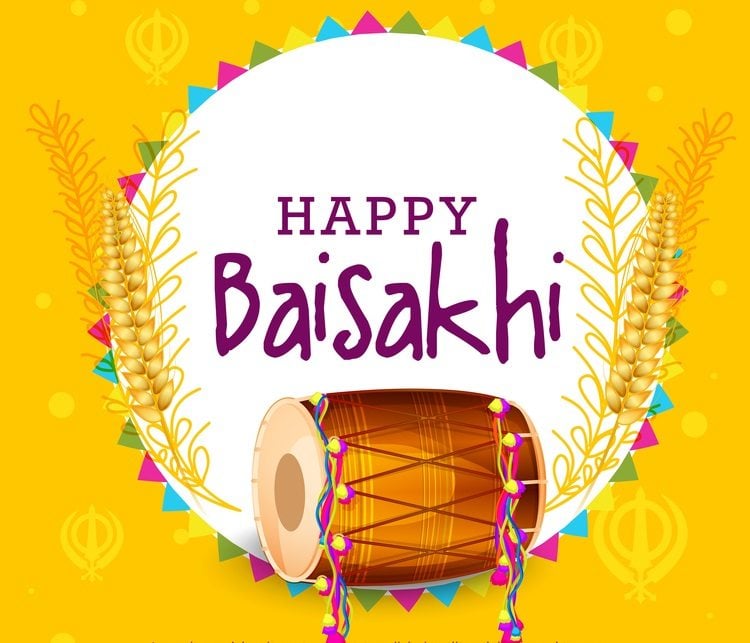

Significance of Baisakhi
The most significant aspect of Baisakhi or Vaisakhi is that it marks the Sikh New Year along with being the spring harvest festival.
This festival holds special importance for the Sikh community as in 1699, the foundation of the ‘Khalsa Panth’ or the ‘order of the free/pure ones’ was laid down on Baisakhi by the tenth Guru of Sikhism, Guru Gobind Singh. The Khalsa was founded by him at Anandpur Sahib, Punjab in front of thousands.
Guru Tegh Bahadur, the ninth Guru of Sikhism had refused to convert to Islam under the command of Mughal Emperor Aurangzeb. Thus, Baisakhi also commemorates the birth of Sikh order that began after the martyrdom of Guru Tegh Bahadur.
This festival is important for Hindus too. On this day in 1875, Swami Dayanand Saraswati founded the ‘Arya Samaj.’ This Hindu reform movement promotes practices that are based on the reliable authority of the Vedas.
Baisakhi is a holy day for Buddhists as well. It is believed that Gautam Buddha attained nirvana on this day.
More Regional Indian Spring Harvest Festivals
Traditionally, Baisakhi or Vaisakhi has always held special importance for farmers as this day marks the time for harvest of Rabi (winter) crops. This day also celebrates the beginning of the Hindu solar new year. Thus, in addition to the Sikhs, this festival is noteworthy for many other communities under different names throughout India.
For instance, as we travel through the length and breadth of India, we will find Baisakhi being celebrated as Pohela/Poila Boishakh or Nobo Borsho as the Bengali New Year, Vishu marking the end of the spring equinox in Kerala, Bohag Bihu in Assam, Puthandu as the Tamil New Year and Vaishakha in honor of Surya, the Sun God in Bihar.
In the states of Andhra and Telangana, Ugadi is celebrated as a new year festival, while in the regions of Maharashtra & Goa, the festival is called Gudi Padwa. Note that the dates differ for some of these festivals.
Baisakhi Food & Celebrations
Baisakhi is a day of thanksgiving to Mother Earth for the abundant harvest. This day is celebrated with fervour, joy and devotion by farmers as well as other people from the Sikh community.
They visit the Gurudwara for a special prayer meet with ‘ardaas’ and discourses. This is followed by the distribution of the famous ‘kada prashad’ by the sevaks/volunteers and a delicious ‘langar (a traditional communal meal of the Sikhs),’ which is relished by all. Golden Temple at Amritsar, Punjab is a main attraction especially on this day.
Baisakhi is also a vibrant day, full of colors. Traditional folk dances like ‘bhangra’ and ‘gidda’ are performed by men and women in villages.
Vaisakhi is a day of bounty and hence, food plays a very important role in the celebrations. Also, because the Sikh/Punjabi community loves to eat and drink. So, just like for any other community, their festivals are also all about delectable food and beverages.
Here, I am listing some of the popular and favorite dishes from the Punjabi food repertoire that can be made during Baisakhi. Check these 50 Recipes for Baisakhi, prepare your menu and celebrate the festival with love, laughter and happiness. Wishing that the festival brings peace, prosperity and well-being to one all!
50 Baisakhi Food Recipes
Main Course Recipes
These variety of curries, gravies and vegetable dishes are some of my personal favorites. You can pair these with your choice of breads, rice or any other sides.
Sarson Ka Saag is a quintessential dish from Punjab that is made primarily from mustard greens (sarson), and is a hearty and flavorful dish celebrated for its rustic charm and deep, earthy flavors. It is usually paired with makki di roti, making it a comforting meal, especially during the winter season when fresh mustard leaves make an appearance.
Chole Masala, made with chickpeas (known as chole/chana), is a staple in many Punjabi households and is often enjoyed during festivals and everyday meals alike. The heart of the dish lies in its masala, a fragrant blend of onions, tomatoes, ginger, garlic, and a variety of spices. It pairs beautifully with bhature, steamed rice, or even a simple chapati.
Rajma Masala is a beloved dish in Punjabi cuisine, showcases red kidney beans (rajma) simmered in a flavorful, spiced gravy. It’s a staple in Punjabi households, often enjoyed as a hearty, soul-warming meal. When paired with steamed basmati rice, this dish is known as Rajma Chawal.
Punjabi Dal Makhani is revered for its creamy texture and rich, hearty flavor. This beloved dish is made primarily from whole black gram (urad dal) and kidney beans (rajma), slow-cooked to perfection in a luscious, spiced tomato gravy. It is usually topped with a swirl of fresh cream and a dash of chopped coriander leaves.
The Punjabi Kadhi is a comforting and tangy curd-based curry thickened with gram flour and flavored with an aromatic tempering of spices. What makes this regional version distinctive is the addition of crispy onion pakoras that are dunked into the curry, infusing it with their flavor and texture. Served with rice or roti, it is often prepared during weekends or special occasions in Punjab.
Savor a delicious homestyle, comforting and satisfying Chana Masala recipe that is made with onions, tomatoes, herbs and spices. This popular Punjabi recipes has all the right flavor notes that makes it so good to enjoy with Indian breads like naan, bhatura, poori, roti or simply with steamed basmati rice.
Aloo Gobi, a beloved North Indian dish, is a harmonious blend of potatoes and cauliflower, seasoned with an array of aromatic spices. This vegetarian classic captures the essence of homestyle cooking, offering a delightful balance of textures and flavors. Perfectly paired with hot rotis or steamed rice for a comforting meal.
Dhaba Dal is inspired by the rustic, hearty meals served at roadside eateries (dhabas) across the highways of North India. A combination of earthy lentils, aromatic spices, and a generous dollop of ghee creates a perfect harmony of taste and texture. It is a crowd-pleaser that captures the essence of Indian cooking.
Matar Paneer is a traditional North Indian dish that combines 2 popular ingredients – paneer (Indian cottage cheese) and green peas (matar) – in a delicious, comforting curry. This dish is a favorite in many North Indian homes, celebrated for its bright color, rich flavor, and easy yet fulfilling preparation.
Bhindi Masala is a traditional North Indian dish featuring tender okra (bhindi) sautéed with a onions, tomatoes, herbs and spices. Known for its simple yet robust flavors, it is a much-loved vegetarian dish often served with rotis, parathas, or even rice. This dish is also a common feature in thali meals served at dhabas (roadside eateries).
Kashmiri Dum Aloo is a signature vegetarian dish from the rich culinary tradition of Kashmir. Known for its vibrant red color, aromatic spices, and creamy texture, it celebrates the humble potato by transforming it into a luxurious delicacy. The word ‘dum’ signifies the slow-cooking technique employed, allowing the potatoes to soak in the rich, aromatic flavors of the spices.
Paneer Butter Masala is an indulgent North curry featuring tender chunks of paneer simmered in a creamy tomato and cashew based gravy that is both tangy and slightly sweet. It is typically enjoyed with naan, roti, or steamed rice. It’s a favorite at celebrations, special dinners, and restaurant menus.
Amritsari Chole is a culinary gem from the heart of Punjab, bursting with robust flavors and rich heritage. These chickpeas are simmered in a tantalizing blend of aromatic spices, and the distinctive tang of dried mango powder. The magic lies in the slow-cooking process, allowing the chickpeas to absorb the deep, earthy flavors of the masala.
Kadai Paneer is a lively and flavorful dish from North India that derives its name from the ‘kadai,’ a traditional Indian wok used to prepare many stir-fried dishes. This vegetarian favorite features paneer (Indian cottage cheese) mixed with a variety of bell peppers, onions, and tomatoes, all simmered in a bold and aromatic spice blend.
The iconic Chole Bhature is a celebration of Punjab’s rich culinary heritage, where the hearty flavors of chole curry complement the lightness of the fried breads or bhature, offering a satisfying meal that’s as comforting as it is flavorful. Enjoyed with a side of pickles, onions and a squeeze of lemon.
Bread Recipes
Apart from its robust curries, Punjabi food is also known for its yummy range of breads and flatbreads. This section is exactly what you need to pick your chosen one, prepare it and serve with the flavorful gravies.
Makki Ki Roti is a celebrated staple of Punjabi cuisine, known for its delightful flavor and rustic charm. Made from makki ka atta (cornmeal or maize flour), this golden-yellow flatbread is especially popular during the winter months. The dish is a perfect accompaniment to rich and hearty curries like sarson ka saag.
Bhatura is a delectable fried bread known for its fluffy texture and golden-brown exterior, perfect for pairing with spicy chole or indulgent curries. Its airy and crispy layers make each bite a delightful experience, showcasing the culinary artistry and bold flavors of Punjabi cuisine.
The 4-ingredient Poori is a popular Indian delight, made with just whole wheat flour, salt, water, and a hint of oil, are golden puffs that are deep-fried to perfection, achieving a crispy exterior that yields to a soft, airy center. Ideal for pairing with spicy curries, tangy chutneys, or a sweet side of halwa.
Paneer Paratha, a celebrated delight of Punjabi cuisine, is a delectable flatbread stuffed with a rich, spiced paneer filling. Grilled to golden perfection on a tawa, this paratha pairs beautifully with a pat of melting butter, a side of tangy pickle, and a refreshing bowl of curd.
Butter Naan is one of the most iconic flatbreads in North Indian cuisine, celebrated for its soft texture, rich buttery flavor, and charred spots from traditional cooking methods. It is a staple in Indian restaurants worldwide and a favorite accompaniment to creamy curries and hearty dishes.
Naan has its roots in Persian and Central Asian cuisines, introduced to India during the Mughal era. Garlic Naan is a modern twist that enhances the traditional flatbread naan with a burst of garlicky goodness.A staple in Indian restaurants worldwide, it is often paired with rich curries, grilled dishes, and lentil preparations.
This Naan recipe made without yeast is a popular Indian flatbread, offering a pillowy texture without the wait. Made with a blend of all-purpose flour, curd, sugar, baking powder, baking soda, salt and a touch of oil or butter, it is effortlessly tender and slightly tangy. Perfect for scooping up rich curries or creamy dips.
Tandoori Roti of North Indian cuisine, is a rustic flatbread that is traditionally baked in a clay tandoor. Because of which, it develops a charred, crispy exterior while retaining a soft, chewy interior. The smoky aroma and slightly nutty flavor make it an ideal companion for rich, hearty curries and succulent kebabs.
Aloo Kulcha, a delightful variation of the classic kulcha from Punjabi cuisine, is a soft and fluffy flatbread stuffed with a savory potato filling. Whether enjoyed with a dollop of butter, a side of tangy chutney, or paired with a hearty curry, this bread is a culinary delight.
Paneer Kulcha is a Punjabi flatbread that combines the rich, buttery goodness of kulcha with a flavorful paneer stuffing. This dish is a beloved street food and a staple in Punjabi households, usually served with chole masala or raita. Often prepared for festive occasions, family gatherings, or special meals.
Kulcha, a beloved staple of Punjabi cuisine, is a soft and fluffy flatbread that epitomizes culinary comfort. Traditionally baked in a tandoor, it boasts a golden-brown crust that gives way to a tender, pillowy interior. Whether stuffed with spiced potatoes, paneer, or simply enjoyed plain, each bite of this flatbread delivers a warm, satisfying experience.
Snack and Appetizer Recipes
Tasty tikkas, crave worthy chaats and more! Here’s a selection of the choicest of snacks and appetizers that’s going to take your Baisakhi celebrations, a notch higher. What’s more? These are easy to make and absolutely hassle free too.
Paneer Tikka of North Indian cuisine, consists of marinated cubes of paneer generously coated in a blend of hung curd, aromatic spices, along with tangy hints of lemon, and grilled. Served hot, garnished with onion rings, this dish is ideal as an appetizer or paired with naan and chutneys.
Here’s a delectable North Indian dish made of soft lentil dumplings soaked in creamy yogurt – Dahi Vada. The final dish is topped with tangy chutneys and ground spices that bring in an Indian umaminess, and offers a delightful preparation for snacks or as part of a meal.
Paneer Amritsari is a Punjabi delicacy that showcases the region’s love for bold flavors and tandoori-style cooking. This dish features cubes of paneer (Indian cottage cheese) marinated in a spiced, tangy gram flour mixture, fried to perfection, and often served as an appetizer or snack. A staple at Punjabi dhabas (roadside eateries) as well.
Dahi Bhalla is a beloved snack from Punjabi cuisine that perfectly embodies the region’s love for flavors, textures, and vibrant street food culture. It consists of soft, fluffy lentil dumplings that are soaked in creamy yogurt and topped with an array of tangy and spicy chutneys. Whether enjoyed at home or from a bustling street vendor, this snack is super delicious.
The relation between Indians and Samosa is inseparable. A golden envelope of crispy perfection, hides a treasure trove of spiced potatoes and peas, bursting with flavors that transport you to Punjab’s bustling streets. Each triangular bite is a harmonious blend of crunchy crust and savory filling.
Whether you make a chaat out of it or have it as is, Aloo Tikki from North India is as amazing as it can get. It is simply a savory potato patty infused with aromatic spices, herbs and seasonings, and shallow-fried until golden and crispy. Served with tangy chutneys as a flavorful snack during special occasions and festivals.
Experience the addictive crunch of North Indian-style Namak Para, where crispy strips of perfectly spiced dough are fried to golden perfection, creating a flavorful snack that’s perfect for any time of day as is a festive treat.
Indian-style Mix Vegetable Cutlet is a delightful medley of flavors and textures, blending mashed potatoes with an array of finely chopped vegetables like carrots, green peas, and French beans. Each golden-brown cutlet offers a crispy exterior that gives way to a tender, savory filling bursting with spices.
Golgappa or pani puri in North India, is a beloved street food featuring crunchy hollow puris filled with a spicy and tangy water mixture, mashed potatoes, chickpeas, ground spices, and various chutneys. It’s cherished for its explosion of flavors and is a refreshing and satisfying snack.
Crispy fried dough wafers topped with boiled potatoes, chickpeas, curd, onions, masalas, chutneys and sev. If there’s one classic North Indian street food snack that deserves to be in this list, it is the Papdi Chaat. Serve it during your Baisakhi celebrations as well to elevate the snacking experience.
Sweets or Dessert Recipes
What’s a festival celebration without ending the meal on that perfect sweet note? This assortment of sweets/desserts is going to make it very easy for you to include your favorite and enjoy Baisakhi like never before.
Kada Prasad is a revered and symbolic dish in Punjabi cuisine, traditionally served in Sikh Gurudwaras as a blessed offering. This sweet dish is made from just 4 simple ingredients – whole wheat flour (atta), ghee, sugar, and water – and carries with it deep spiritual significance, reflecting the values of devotion, equality, and humility.
Panjiri is a traditional Punjabi sweet, often associated with festivals, celebrations, and special occasions. It is made from roasted whole wheat flour (atta), ghee, sugar, and an assortment of nuts. In Punjab, it is not only enjoyed as a treat but also revered for its health benefits. It is also considered a sattvic food, often used as an offering to deities and served as prasad.
Gulgule, golden-brown fritters of joy, bring the rustic charm of Punjab to your plate. This delightful sweet snack is crafted from a blend of whole wheat flour, sugar/jaggery, and a hint of fennel seeds. I have added bananas too in my recipe. Each bite offers a perfect balance of sweetness and spice.
The famous Punjabi dessert, Phirni, is a luscious symphony of finely ground rice, simmered in rich, full-bodied milk, and sweetened to perfection. It is then beautifully infused with the aromatic allure of cardamom. This velvety dessert is traditionally served in clay pots, which enhance its rustic charm.
Gajar Ka Halwa, the crown jewel of North Indian desserts, transforms humble carrots into a decadent delight with a slow simmer in rich milk and ghee. Infused with cardamom and garnished with crunchy nuts, each bite of this vibrant dessert delivers a harmonious blend of sweetness and warmth.
Atta Laddu, a simple yet delightful North Indian mithai (sweet), captures the essence of home-cooked goodness with just 4 humble ingredients – whole wheat flour, ghee, sugar and raisins. The nutty flavor of roasted wheat flour, beautifully enhanced by the luscious richness of ghee, creates a melt-in-the-mouth experience. Perfect for festive celebrations like Baisakhi or as a wholesome treat.
The North Indian Besan Ke Laddu embodies the rich flavors of roasted gram flour, ghee, and sugar, creating a melt-in-the-mouth sweetness that’s simply irresistible. Each golden orb, delicately spiced with cardamom and adorned with crunchy cashews and sweet raisins, offers a delightful symphony of textures and tastes.
The famous Rice Kheer of North Indian cuisine is a timeless indulgence that captures the essence of comfort and celebration, blending fragrant basmati rice, creamy milk, and sugar into a velvety symphony of sweetness. Garnished with nuts, this Indian dessert is a cultural icon.
Beverage Recipes
These lovely beverages are refreshing, cooling and very, very festive! Also, get done within minutes. Perfect way to chill yourself after a round of heavy dancing and merry-making.
Lassi is an iconic beverage that perfectly embodies the rich and vibrant culture of Punjab. This creamy, curd-based drink is celebrated for its refreshing qualities and its ability to cool you down on a hot day, making it a staple in Punjabi households and a popular choice across India, especially during summers.
If there’s one Indian beverage that captures the essence of summer, in all its glory, it is Aam Panna made by blending tangy raw mangoes with cooling mint and a hint of spices, resulting in a revitalizing and flavorful drink. This refreshing beverage quenches your thirst with every drop.
Mango Lassi is the crown jewel of Punjabi drinks, bringing together the lusciousness of ripe mangoes and the creaminess of yogurt into a refreshing beverage. This indulgent lassi is a celebration of summer, where the king of fruits – the mango – meets the cool, tangy taste of yogurt to create a smooth, thick, and irresistible drink.
Jaljeera is a beloved North Indian beverage that’s as flavorful as it is refreshing. Known for its tangy, spicy taste, it is a staple in many Indian households, especially during the hot summer months. The name is derived from 2 Hindi words – ‘jal,’ which means water, and ‘jeera,’ which means cumin.
Rose Lassi is a delightful variation of the traditional lassi, infused with the floral and aromatic essence of rose. This refreshing beverage is especially popular during the summer months and is loved for its cooling properties and sweet, fragrant flavor.
Nimbu Pani or Shikanji, is a timeless Indian refresher, perfect for hot summer days. This zesty lemonade is more than just a thirst quencher – it’s a burst of flavors, balancing sweet, tangy, and salty notes, infused with a subtle spice that sets it apart from ordinary lemonades.
Chaas, a staple in North Indian cuisine, is a refreshing and traditional beverage that offers both cooling relief and digestive benefits. Often enjoyed as a companion to spicy meals, it is more than just a drink; it’s a cherished part of Indian culinary culture.
Baisakhi Recipes from the archives was first published on April 2013.







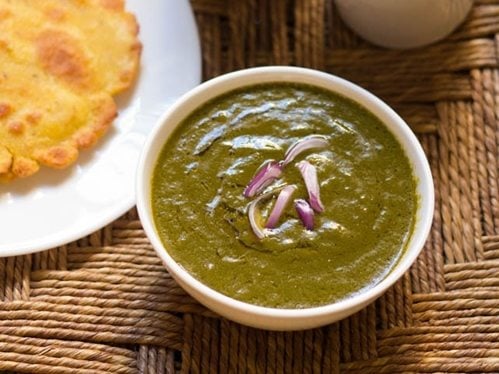
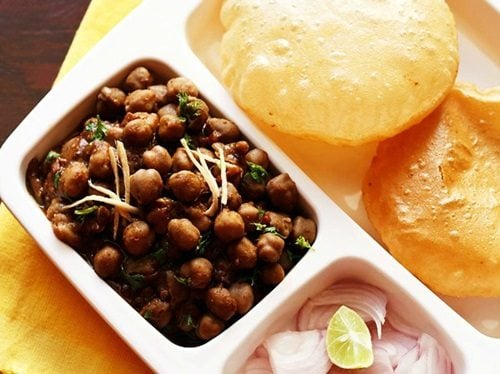
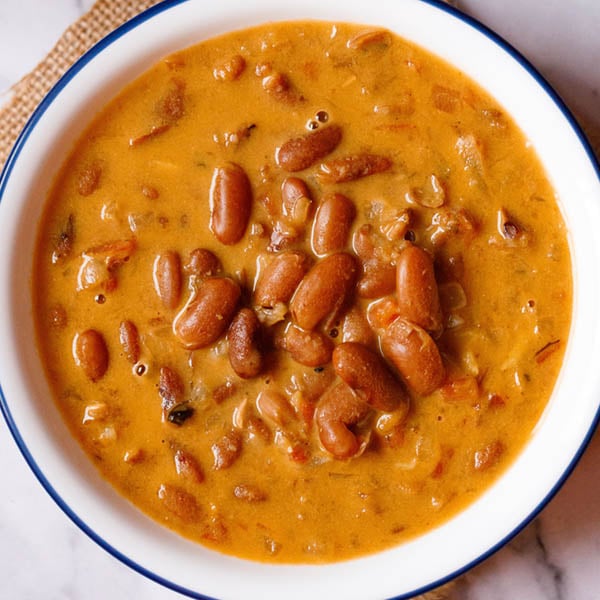
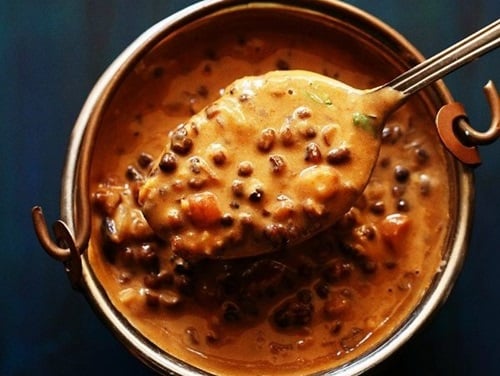
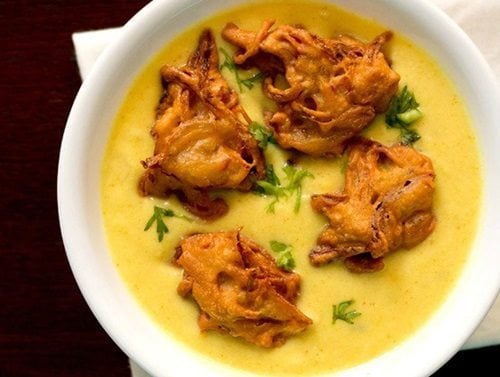

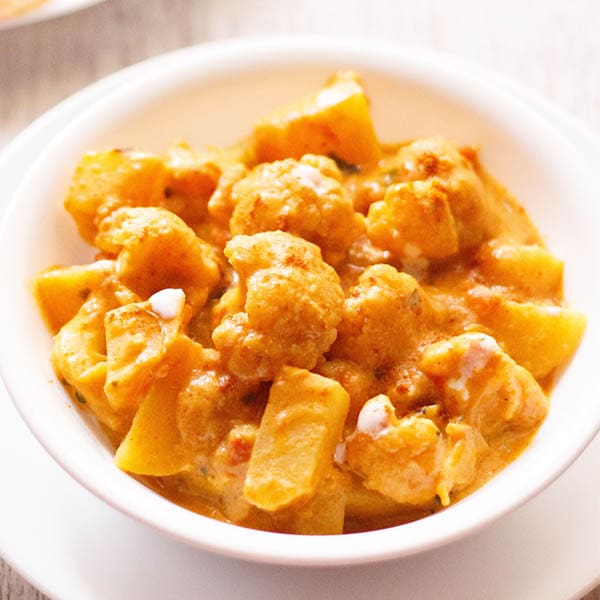
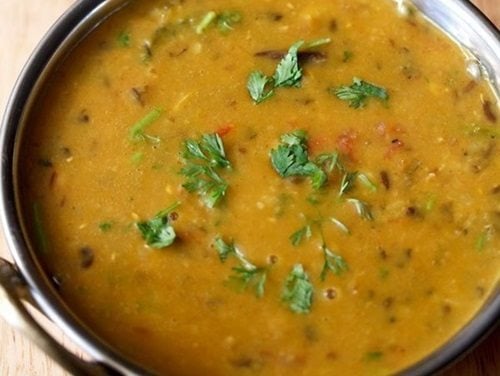
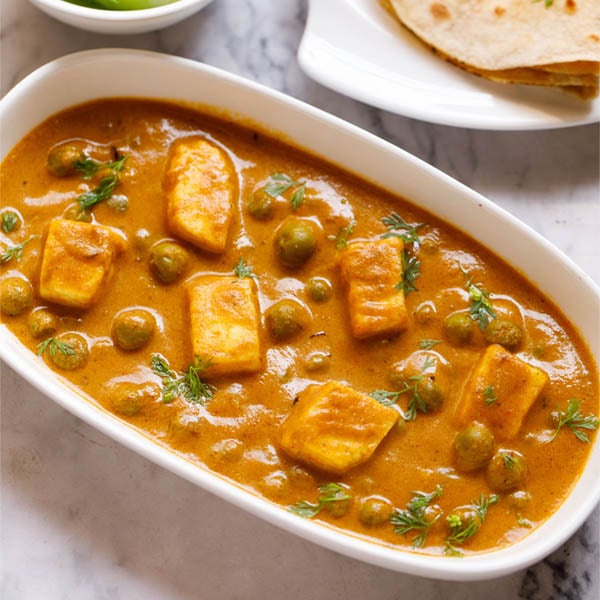
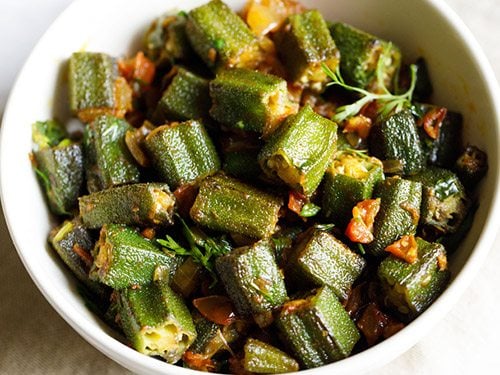
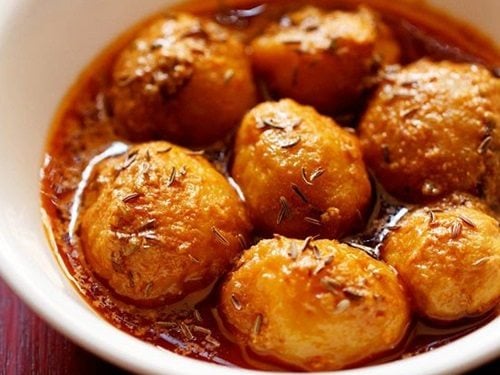
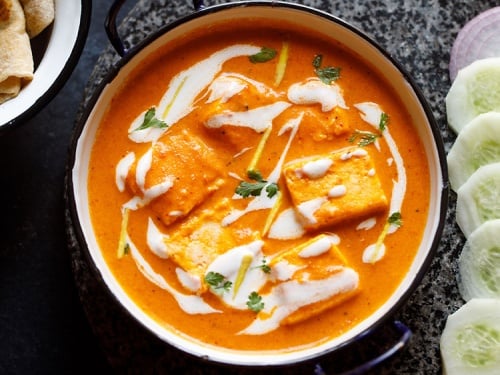
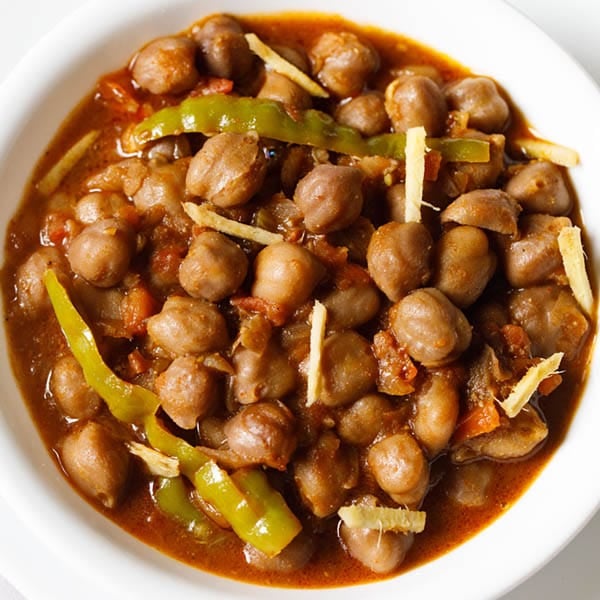
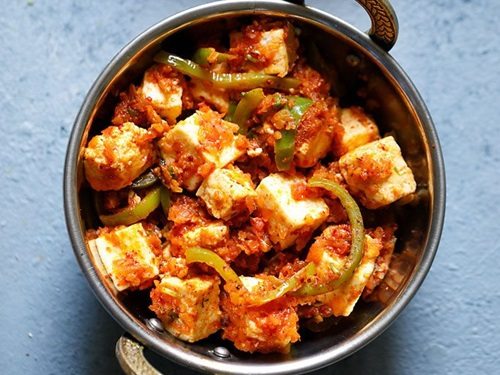
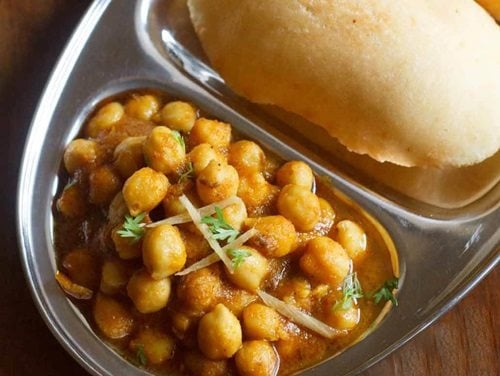
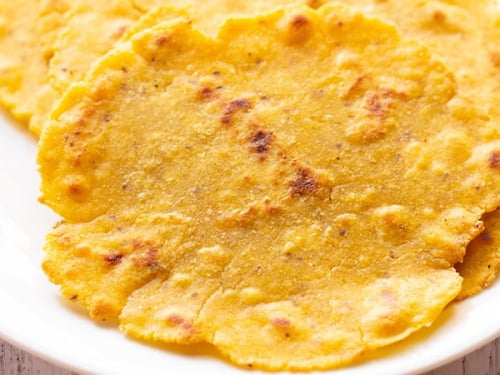
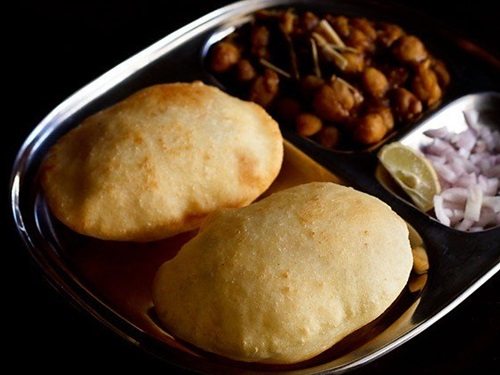
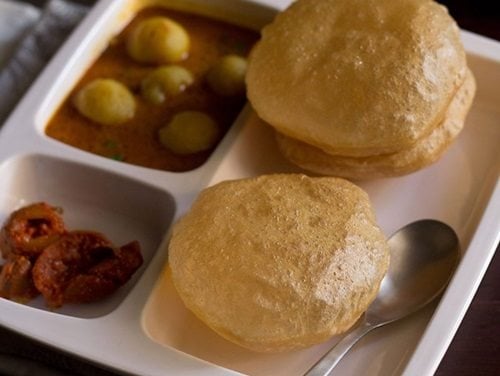
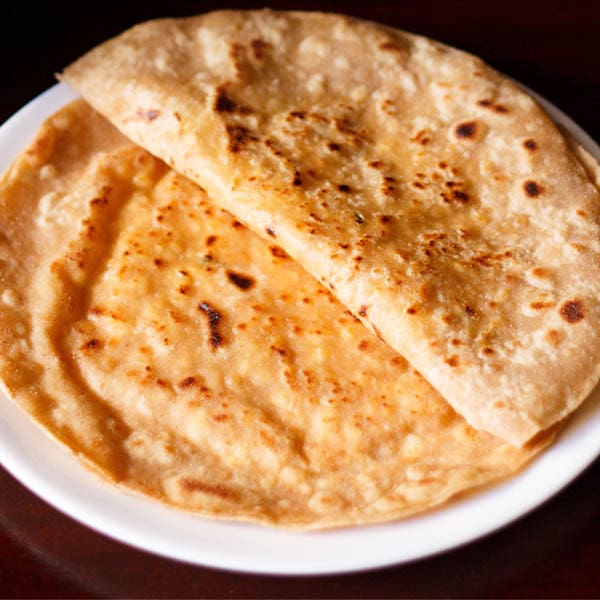
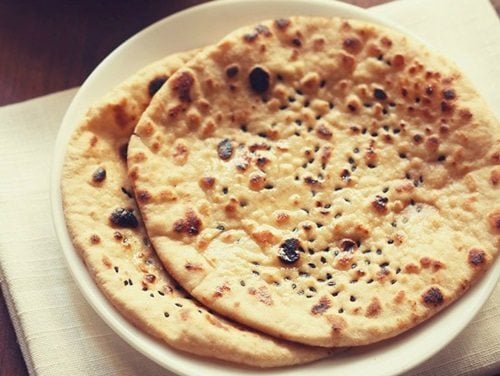
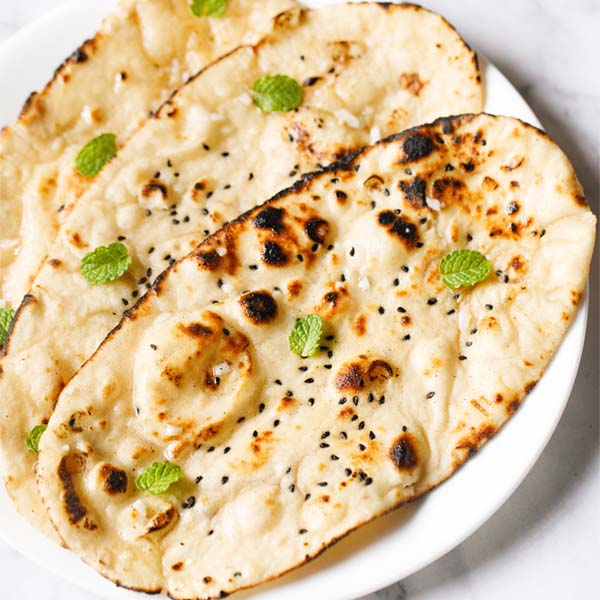
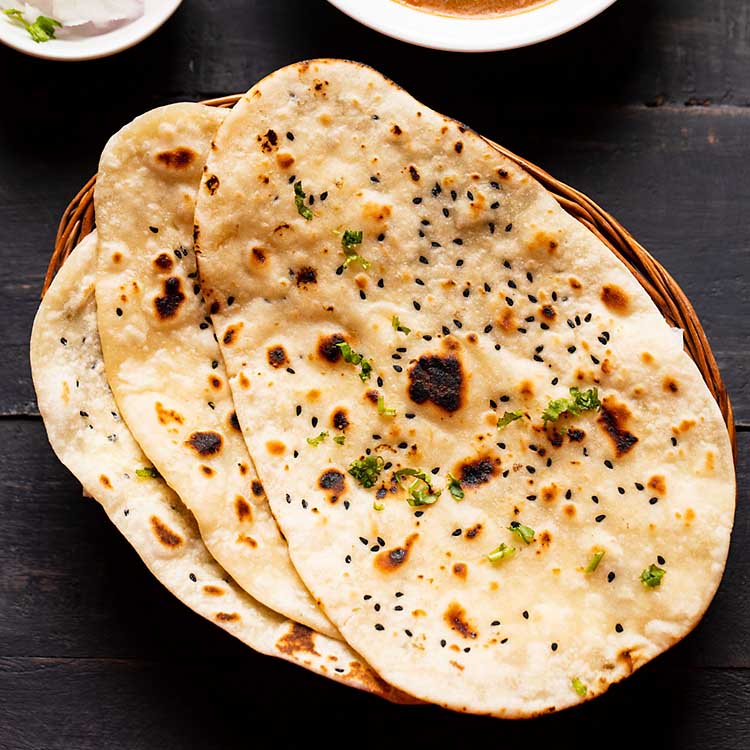
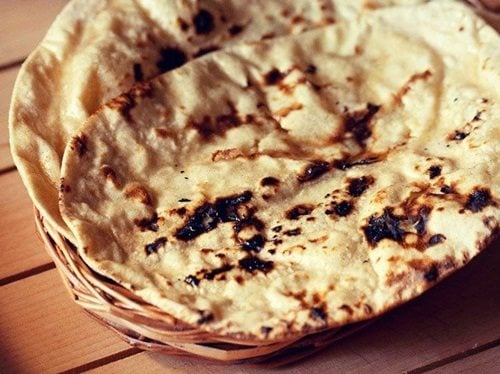
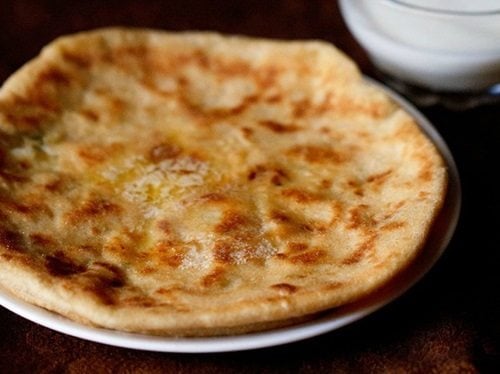
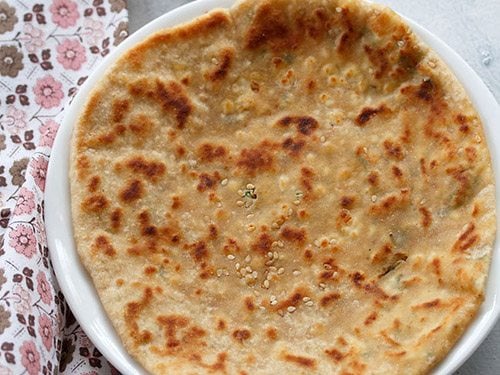
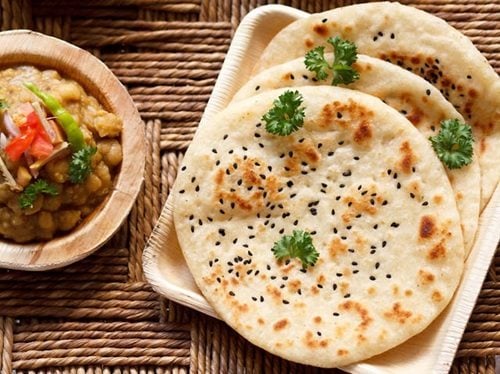

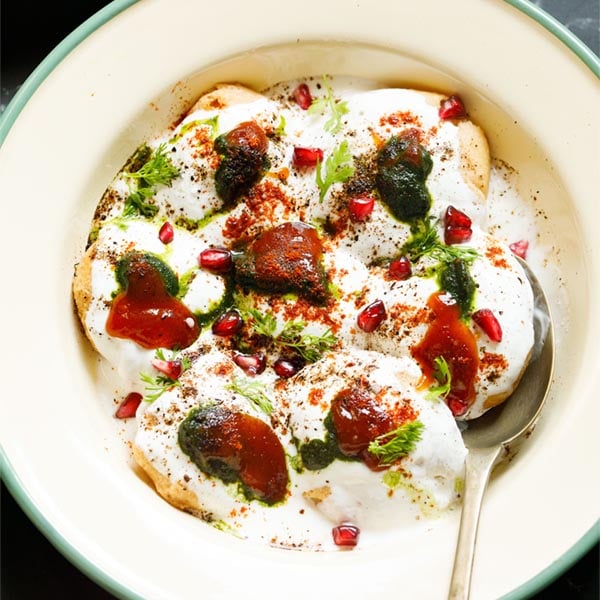
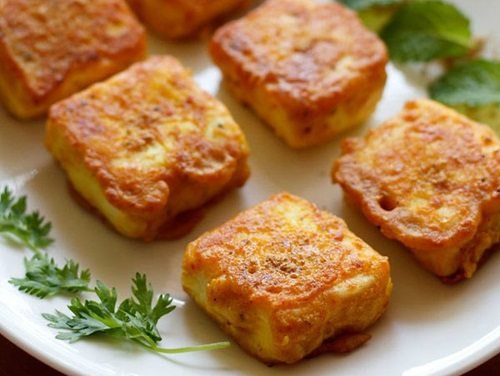
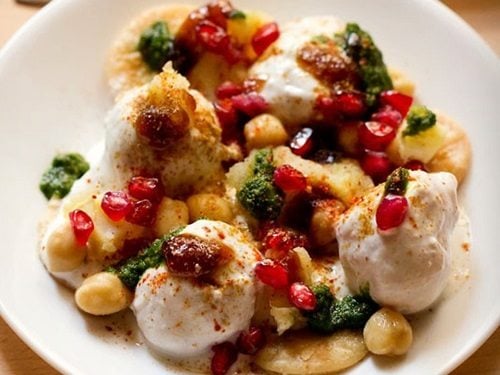

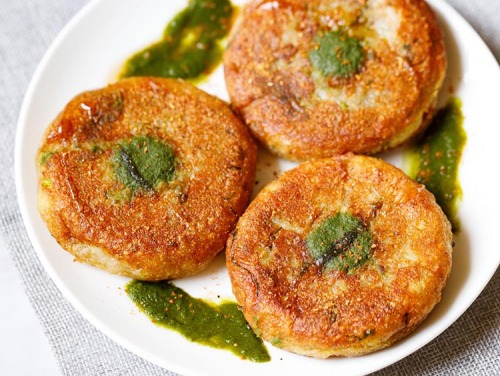
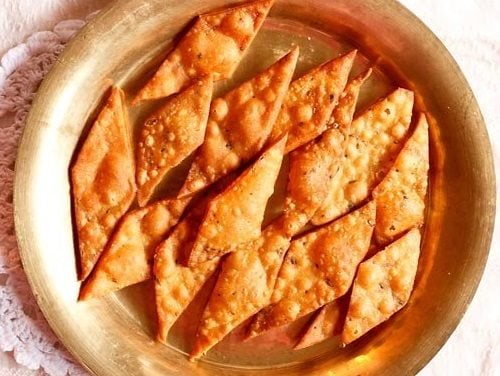

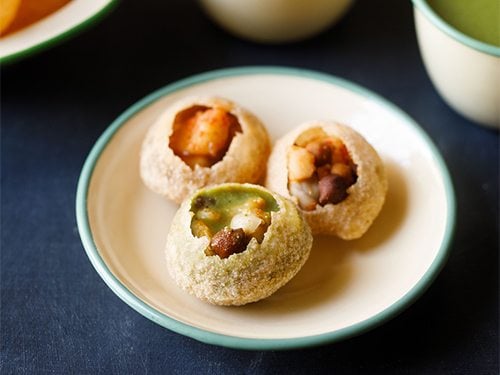
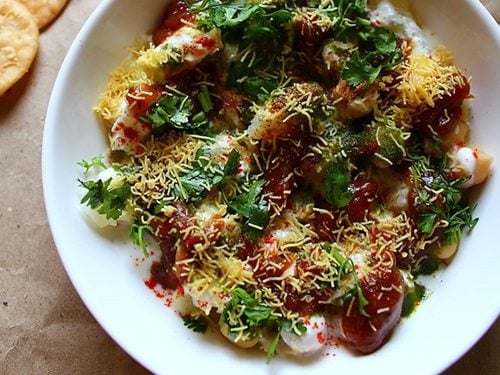
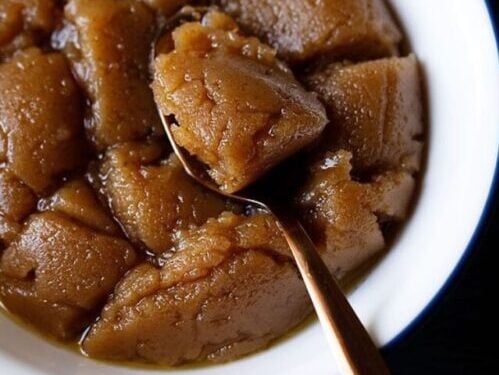
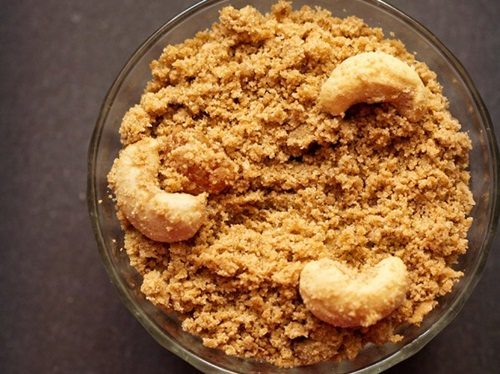
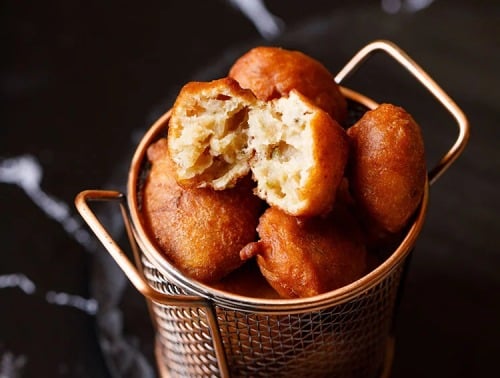
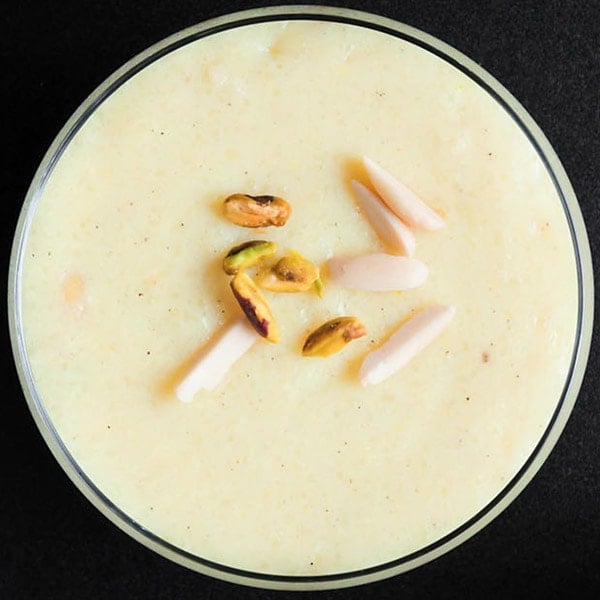
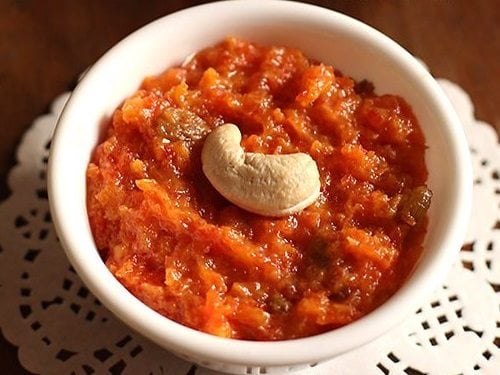
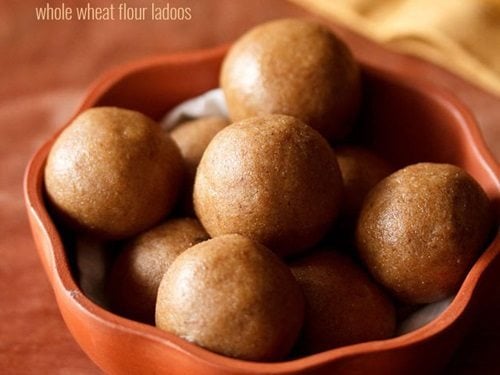
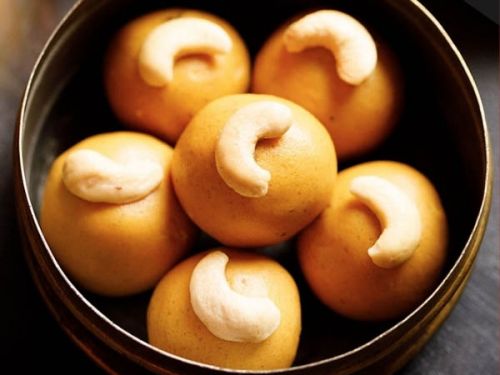
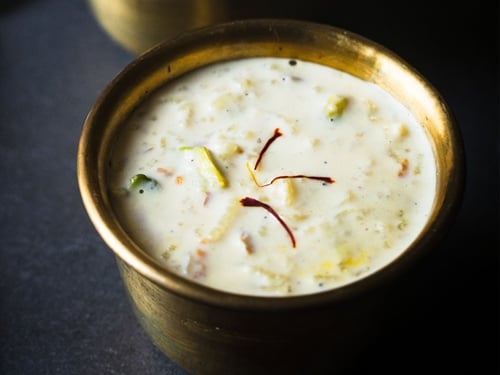
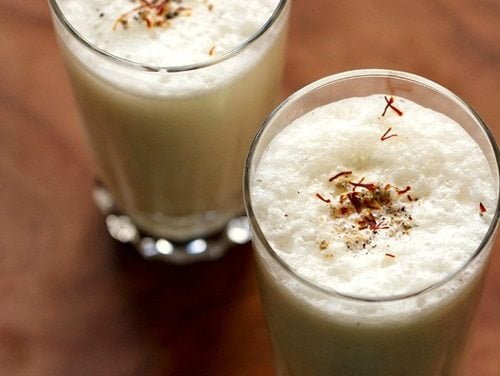
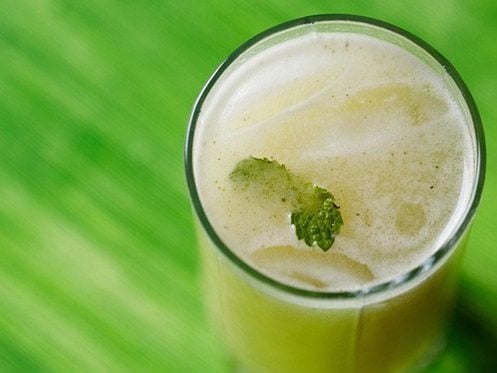
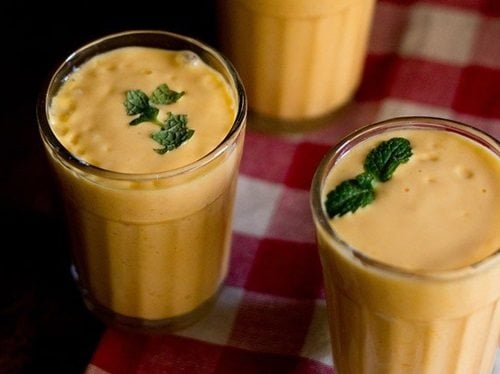

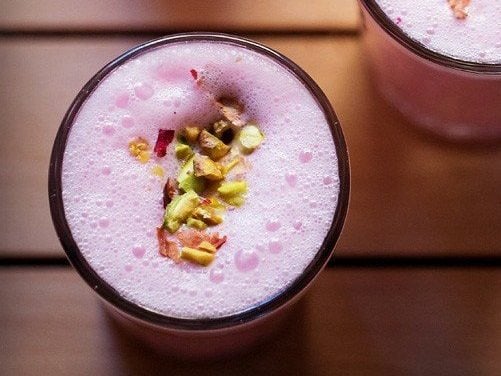
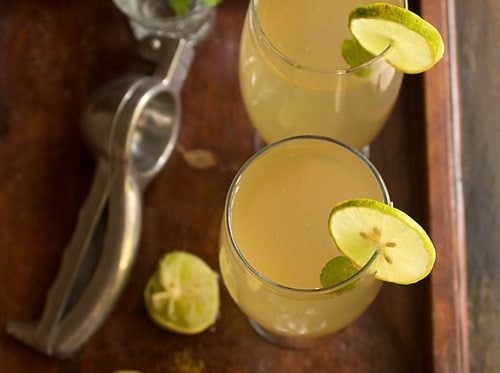
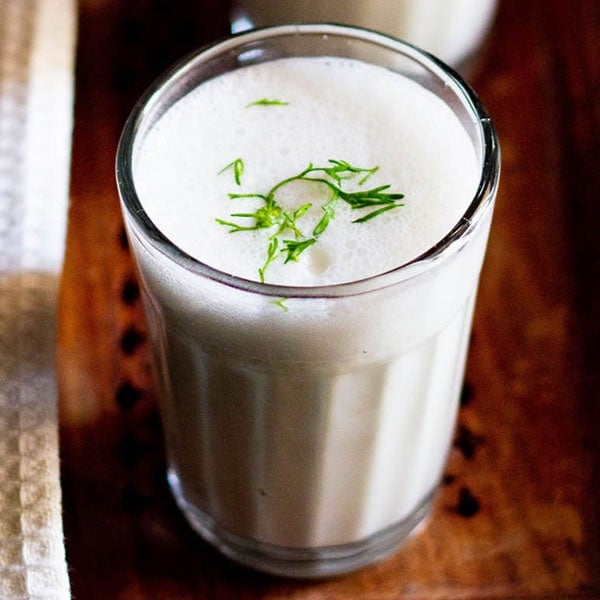





Leave a Reply